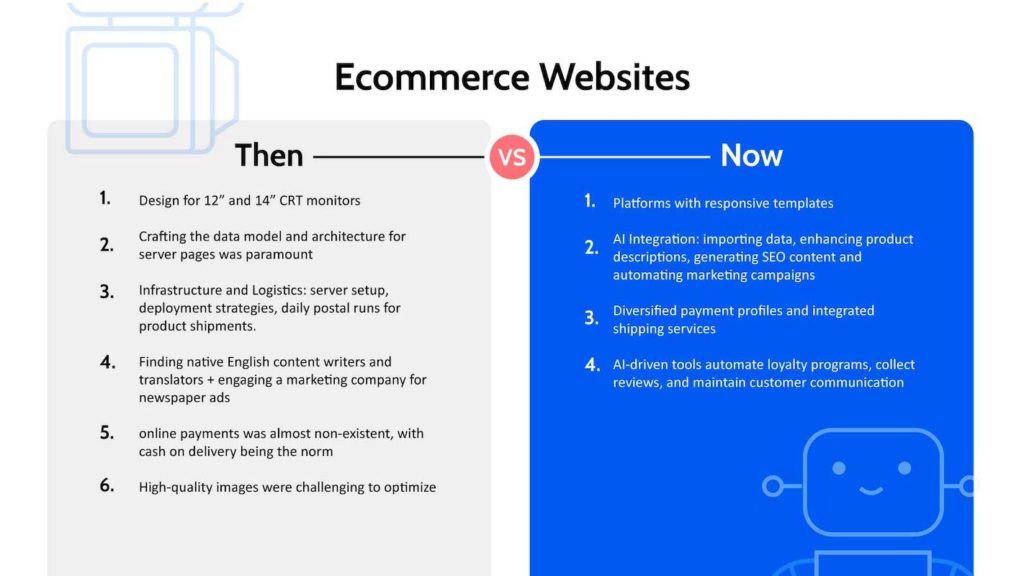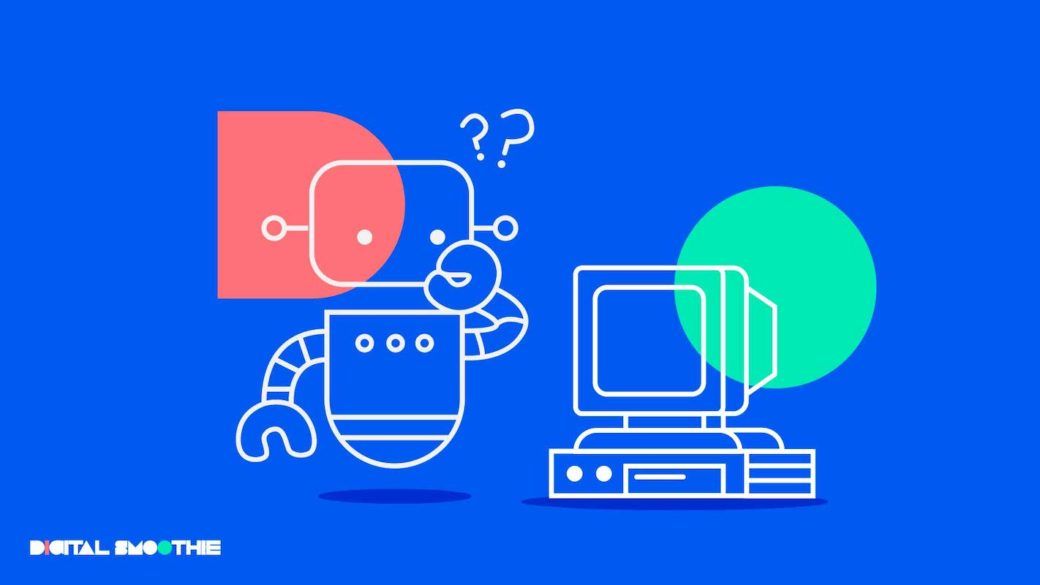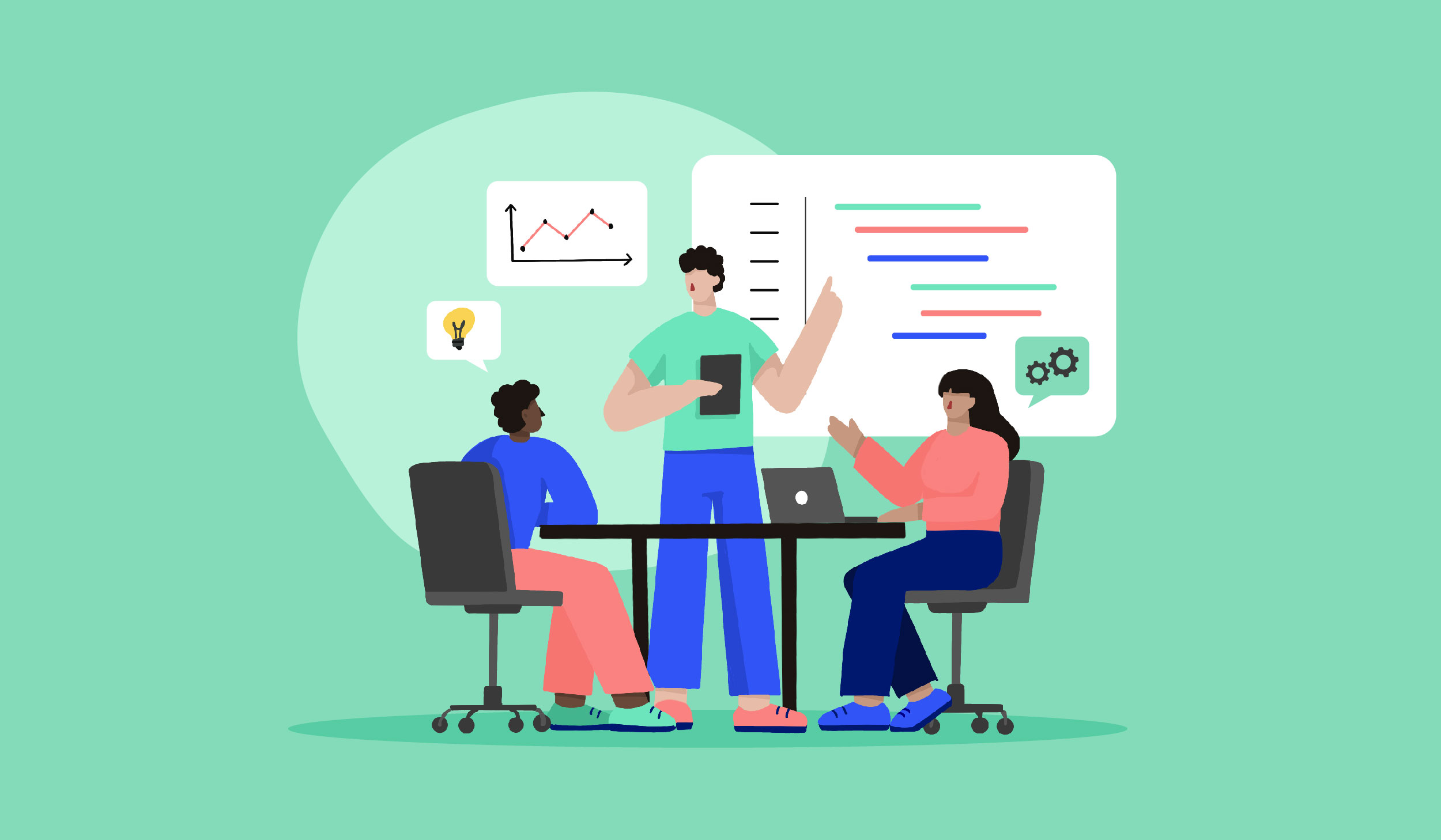In the bustling corridors of the American University in Cairo, back in September 1998, I embarked on a seemingly straightforward project: to build an e-commerce site. What follows is the task list which was exhaustive and reflective of the era’s technological limitations:
Designing for the past
The website had to be meticulously planned to look presentable on 12” and 14” CRT monitors, with a bonus for compatibility on a Nokia phone from 1996, despite a 1.5-minute loading time.
Data Model and Architecture
Crafting the data model and architecture for server pages was paramount, without the luxury of modern frameworks.
Infrastructure and Logistics
This included everything from server setup, deployment strategies, to the nitty-gritty of daily postal runs for product shipments.
Content and Marketing
Finding native English content writers and translators, alongside engaging a marketing company for newspaper ads, was essential for outreach.
Payment Processing
The concept of online payments was almost non-existent, with cash on delivery being the norm, accompanied by a manual process to handle payment or delivery failures.
Visual Content
High-quality images were crucial yet challenging to optimize without today’s tools like the “Save for Web” feature in Photoshop.
Fast forward to Sydney, Australia, in September 2023, where I tackled a similar project with Digital Smoothie, but the landscape has drastically transformed. Today’s task involves revamping an existing business’s online and physical presence, with a focus on:
Modern E-commerce Platforms
Selecting a platform with a responsive template is just the start, thanks to the vast support and community backing.
AI Integration
From importing data, enhancing product descriptions, to generating SEO content and automating marketing campaigns, AI now underpins every facet of e-commerce.
Payment and Shipping
Establishing diversified payment profiles and integrating shipping services has become streamlined.
Customer Engagement
AI-driven tools automate loyalty programs, collect reviews, and maintain customer communication effortlessly.
The contrast between these two eras underscores not just technological advancements but a seismic shift in how businesses operate and engage with consumers. The manual, resource-intensive processes of the late 90s have given way to a streamlined, AI-driven ecosystem that prioritises efficiency, scalability, and personalised customer experiences.

Reflecting on the Pace of Change
What stands out is the acceleration of technological evolution. Changes that once spanned decades are now occurring annually, posing both challenges and opportunities for businesses to innovate and adapt. This rapid pace raises pertinent questions about the future of e-commerce and technology. How do we prepare for the next wave of innovations? What ethical considerations must we address in this relentless pursuit of progress?
Looking Ahead
As I delve into developing a plugin for the Apple Vision Pro, I can’t help but wonder about the future landscape of e-commerce and technology. The journey from 1998 to 2023 has been marked by unprecedented growth and change, shaping not only how businesses operate but also consumer expectations and behaviours.
This evolution prompts us to consider the implications of such rapid advancements. From the integration of AR/VR, IoT, and blockchain to the ethical considerations surrounding data privacy and sustainability, the future holds endless possibilities and challenges.
Engaging with the Future
As we stand at the crossroads of another technological revolution, it’s crucial for professionals, consumers, and enthusiasts alike to share insights, predictions, and experiences. The dialogue around the future of e-commerce and technology is not just about anticipating changes but actively shaping them.
I invite you, the reader, to join this conversation. Share your thoughts on the evolution of e-commerce and technology, and let’s explore together what the future may hold.
Enjoy reading about AI, Digital Transformation and Technology?
Here are some articles from our “How has AI changed the way you work series” that you might enjoy:
GenAI adventures – A year in review By Rania Awad
ChatGPT Vs Human – Who wrote it best? By Kerstin Norburn
From SciFi to Daily assistance- Applying AI in the Workplace By David Williams
AI: Survival Of The Fittest – By Megan Champion
Navigating the AI Wave: Transforming the Role of E-commerce Professionals By Micheline Chami









Leave a Reply